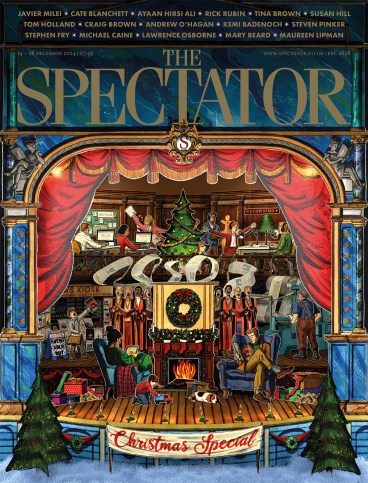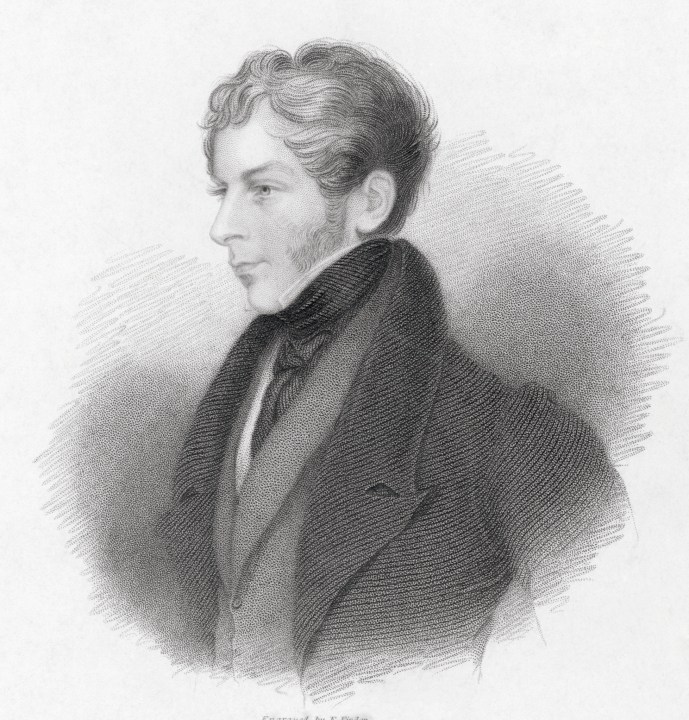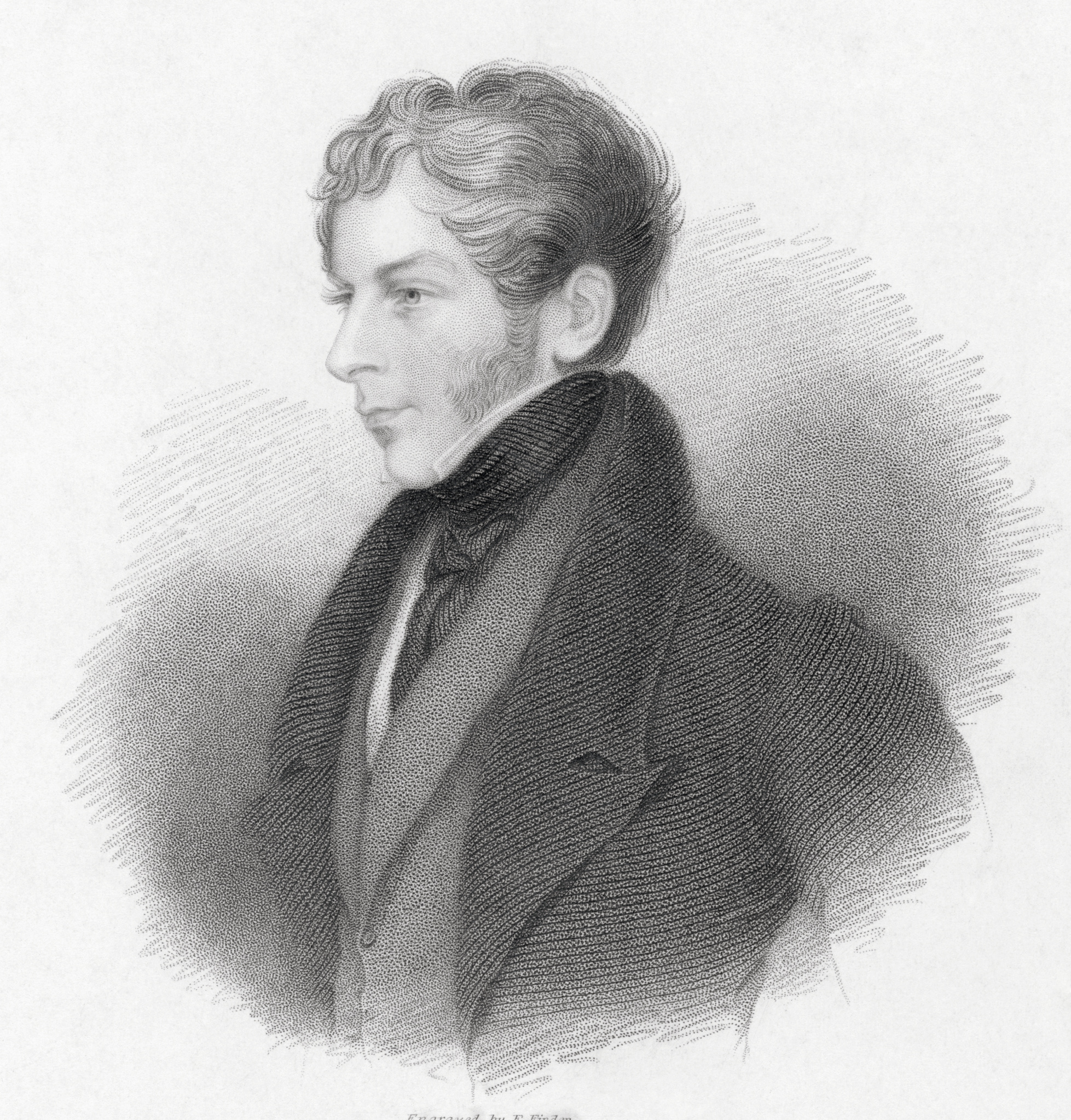
Ophiostoma novo-ulmi is not an expression that sits easily at the head of a Christmas Spectator column, so I’ll return later to the unpleasant fungus and disobliging beetle that over my lifetime have been devastating the English elm, and turn instead to one of our most beloved poets offering his own personal homage to his most beloved tree:
Old Elm that murmured in our chimney top
The sweetest anthem autumn ever made.
John Clare wrote ‘To a Fallen Elm’ in the 1830s: a poem that was partly a lament inspired by his boyhood memories of the English agricultural enclosures.
Thoust heard the knave abusing those in power
Bawl freedom loud and then oppress the free
Thoust sheltered hypocrites in many an hour
That when in power would never shelter thee.
Though Clare is raging against the landowner intent on enclosing common land –
With axe at root he felled thee to the ground
And barked of freedom – O I hate that sound
– his rage is a tender, wounded rage, and the old elm beside his boyhood home is more than a political allegory. Clare knew nature. As you rest your aching back after an afternoon pulling the stuff up, read his tribute to ragwort (‘Thou humble flower with tattered leaves/ I love to see thee come & litter gold’). That great elm of his childhood was a real tree:
We felt thy kind protection like a friend
And pitched our chairs up closer to the fire
Enjoying comforts that was never penned.
Picture, then, the poet’s sorrow if he could see the English countryside now, stripped of those majestic, towering cumulus clouds of foliage that were so much part of the English countryside when I was young, visiting from Africa. Since the late 1960s, when the fungus arrived by accident, probably from America, Dutch elm disease has killed, or is killing, almost all our English elms (the commonest variety) as it has cut a swath through their brethren across continental Europe. More than 90 per cent have gone.
Not every infected tree dies, and the resistance of a handful deserves the study it is getting
Likewise the ash, and I love the ash. Ash dieback is a ghastly blight here in the Derbyshire Peak District. But the tree lacks the magnificent, unruly stature of the elm: it was a trademark of rural England. For common elms there’s no respite in sight. Not every infected tree dies, and the resistance of a handful deserves the study it is getting, but there’s no controlling the fungus’s spread. Our native bark beetles are accessories but the fungus is the killer. Carried by burrowing insects that brush against it, the fungus’s spores enter the tree’s equivalent of a bloodstream; the elm then attempts to bar it from circulation by blocking its own vascular tissues – and it is this that causes the tree to wilt. The tree kills itself, as it were, in an attempt to seal off the fungal invasion.
Bravely the elm continues, as long as it lives, to spread seeds, and these germinate and grow all around, often not falling victim themselves until the young trees are some 20 years old. Literally scores of elms are trying to grow in our fields and boundaries on the 30-odd acres around our house in Derbyshire. I whisper to them they’re doomed, but they battle on. Our slightly acid and reasonably light soil seems to suit the common elm.
And it is this that has inspired me to come in from the fields and do some research on possible new variants that show good resistance to the disease. There’s a general consensus that the Wingham elm is the front-runner: a created strain, developed by Italian arborists who have hybridised from two disease-resistant Asian and two European varieties to produce Ulmus ‘Wingham’. Trialled in Wingham, Kent, it is so far showing almost complete resistance to fungal infection, while still looking like a proper elm tree. A fast grower (as elms are), it’s also a habitat for our endangered white-letter hairstreak butterfly, which depends upon elms.
So I bought five. Not cheap but already about 6ft high, they’ve been awaiting leaf-fall by a sheltered wall, before planting. An enclosure fenced off from those destructive browsers, our three llamas, awaits.
Yesterday we planted them. The hillside is a bit exposed, and after so much rain the soil is worryingly soggy (elms like well-drained soil), but I think they stand a chance. These newcomers allow me, too, to experiment with weather-resistant and biodegradable cardboard tree-protectors (nibbling rabbits and hares are a menace) because I hate the now ubiquitous plastic ones.
To tether them to their stakes I’m also experimenting with a reel of wide Velcro tape sold for tying trees by Screwfix – you can cut each tie to any desired length, and the tape costs a fraction of those big black rubber ties that I can’t quite get the hang of, and that can strangle a growing tree. But let’s see if Velcro can handle the wind.
Another worry is escaped Norwegian black fallow deer, lovely but ferocious browsers, who roam free through our hills and can jump fences. Our llamas go crazy when they pass, reserving for them the hatred the pastoralist feels for the nomad. Reminds me of Grandpa, glaring through his shop window in F.W. Parris – High Class Family Butchers, at the tents of the stallholders on the street.
But deer, wind, flood, rabbits, hares and llamas notwithstanding, and if the beetles and the Ophiostoma novo-ulmi can be resisted, let’s hope for a merciful winter and a kindly spring for my elms. If only John Clare could see them:
Summers of thirst parched round thy homely bower
Till earth grew iron – still thy leaves was green
The children sought thee in thy summer shade
And made their play house rings of sticks and stone
The mavis sang and felt himself alone
While in their leaves his early nest was made
And I did feel his happiness mine own.
What are Matthew’s reflections on the year? He joined the Christmas special of The Spectator’s Edition podcast to discuss, alongside Lionel Shriver, Rod Liddle and Mary Wakefield:








Comments